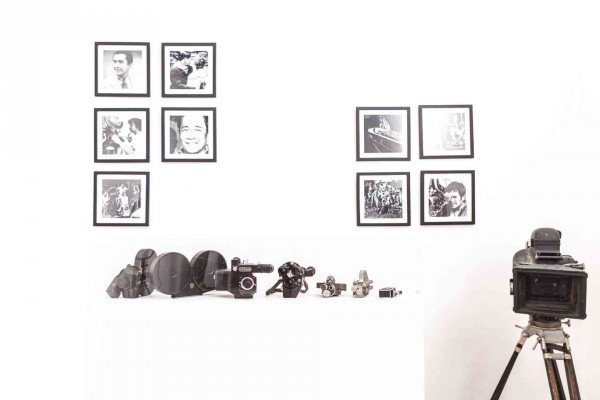Shortly after the Film Development Council of the Philippines (FDCP) moved to its new office in Manila, FDCP Chair Briccio Santos announced that the construction of the film council’s “permanent home” in Tagaytay City will begin this year.
The FDCP transferred to its 2,000-square meter home on T. M. Kalaw St. in Manila from its old office in Makati City on Dec. 15. Santos said his entire staff was “pleased and excited.”
“We have been waiting for this,” he told the Inquirer during the inauguration. “Our bigger vision is the creation of a permanent facility in Tagaytay. Its construction begins next year.”
The FDCP chief added: “Right now, we have 35,000 elements in storage. We are already overstretched. We really need a permanent home for our film archive!”
The property located in the Ermita district also houses a 101-seat cinematheque, “which is open to everyone. We have free screenings,” said Santos. The cinematheque opened with the screening of the restored version of Manuel Conde’s “Genghis Khan” and the new documentary on the life and works of National Artist for Film Gerry de Leon titled “Salamat sa Alaala,” directed by photographer and filmmaker Dik Trofeo.
“We are envisioning that, by next year, we will open two more cinematheques,” said Santos. “In fact, we’ll soon have one in Intramuros, Manila. Its construction begins shortly after the signing of an agreement between the FDCP and the Intramuros Administration.”
The cinematheque in Intramuros will be the biggest so far with 700 seats, Santos pointed out. “There will be another in Quezon City. Hopefully, we’ll have more in different places. We think that because of all the content that the independent scene is producing now, we really lack the venues to show them.”
The FDCP office in Manila also houses the Museo ng Pelikulang Pilipino (film museum), Film Asean Knowledge Management Center (library) and several classrooms for the Film Asean Systems Training programs.
“We plan to sell memorabilia—people can consign here. We’re also thinking of putting up a bazaar at the center of this facility to expose students and art enthusiasts to paintings just like what is being done at the Iloilo Cinematheque. We’ll do it here, too,” said Santos. “We dream of transforming the Cinematheque Center into a cultural hub.”
The Cinematheque Center was once the home of Instituto Cervantes de Manila, a Spanish government agency responsible for promoting the study of Spanish language and culture.
E-mail mcruz@inquirer.com.ph
